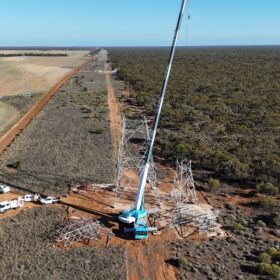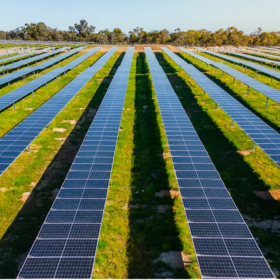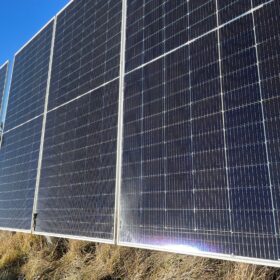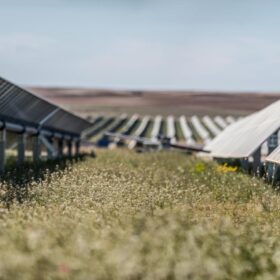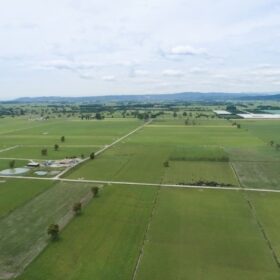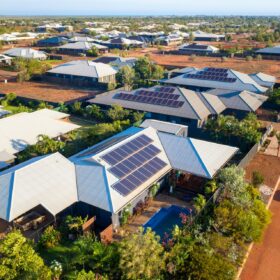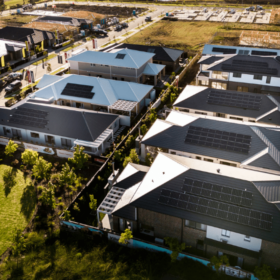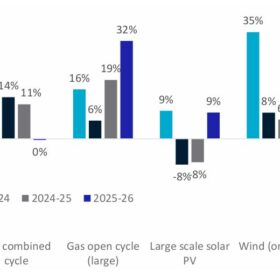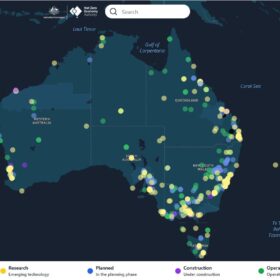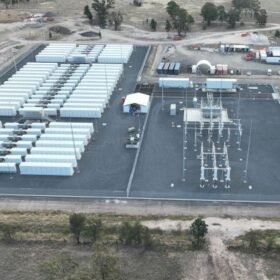Ventia lands contract for military facility solar farm
Infrastructure services provider Ventia has been tapped by Australia’s Department of Defence to build, operate and maintain a 4 MW solar farm at its Mulwala facility in southwest New South Wales.
Transgrid raises remote REZs as part of energy transition vision
New South Wales power grid owner Transgrid has pinpointed a trio of sites in the state’s far west that could host remote renewable energy zones that it said could help address the challenges posed by an energy transition that it is in “vertical take-off.”
VEPC pushes for new policy to support C&I rooftop solar sector
The Victoria Energy Policy Centre has issued a call for new policy to drive the deployment of large-scale rooftop solar backed by batteries on Australia’s commercial and industrial properties not just for self-consumption but also so power can be exported to the grid at times of peak demand.
Renewables must ramp up to 126 GW by 2030 to reach net zero by 2050, says BNEF
Australia can still achieve a net-zero energy transformation by 2050, in line with the Paris climate agreement, but new analysis from Bloomberg New Energy Finance shows there is no time to waste with a rapid scaling up of investment in solar, wind and energy storage required.
Acen secures IPC approval for 1.2 GW solar and battery project
Acen Australia’s plan to develop a 600 MW solar farm and 600 MW / 1,200 MWh battery energy storage system in central west New South Wales has received a major boost with the state’s Independent Planning Commission giving its tick of approval.
Lightsource bp lands financing package for 150 MW NZ solar farm
Construction of a 150 MW solar farm will go ahead at New Zealand’s Christchurch Airport precinct with joint venture partners Lightsource bp and Contact Energy announcing a final investment decision on the project.
Genesis adds 114 MW solar project as part of 500 MW strategy
New Zealand power company Genesis Energy has taken another step in delivering on its commitment to build 500 MW of grid-scale solar by the end of 2028 with the acquisition of a 114 MW consented PV project on the nation’s North Island.
Horizon reaches milestone with rooftop solar rollout
Thousands more homes and businesses in regional Western Australia now have the option to install rooftop PV with Horizon Power announcing it has completed the rollout of internet-connected technology that eliminates network hosting capacity constraints in its service area.
Philippines fast-tracks world’s largest solar park with green lane certificate
The Board of Investments of the Philippines has granted a green lane certificate to a solar project that is being touted as the largest in the world to date. The accreditation will facilitate easier approval and processing of permits.
Net Zero power shift hinges on consumer and distribution energy resources: report
A rapid uptake of consumer and distribution energy resources in Australia sets the stage for their role in the transition but if legacy operating systems don’t keep up the pace they risk falling short of delivering their potential, a new report finds.

